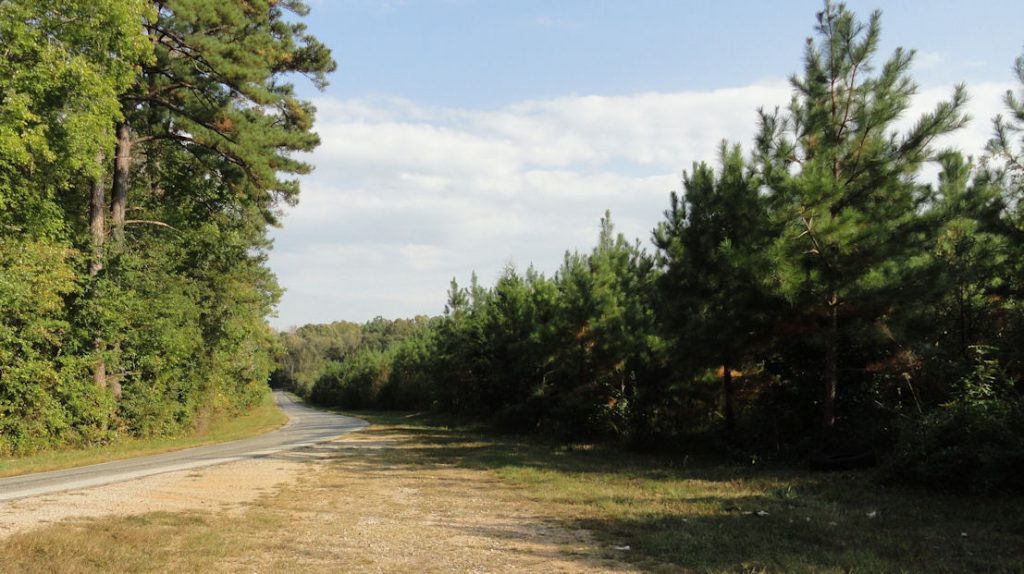
We are talking about third party certification. This means that all aspects of the forestry operation are evaluated by an objective third party, i.e. not forest owners or those interested in buying the timber. It works like an audit of a business’ accounts and activities. It is done by a trustworthy independent firm or individual who is trained to know what he/she is looking for. The certifiers make judgments based on specific criteria. In the case of a business they are assessing financial health. Are the practices of management honest and effective? Will the business have a reasonable chance of surviving and thriving? Passing the audit doesn’t automatically prove that everything is great, but it gives everyone a reasonable basis on which to judge and make decisions. An audit does indeed help to catch people who are cheating, but its better purpose is to give owners and managers the information and tools they need to improve performance. Forest certification has many of the same purposes.
Responsible forest owners want to make a profit but only in ways that sustain and improve the health of their land and the environment around it. That is why they embrace better methods and search for sustainable solutions. But in this ever changing world, how can know you are doing things right? How do you know you are doing the right things in the bigger picture? And if you are, how will others know? Certification helps with all these things.

The American Tree Farm System (ATFS) was the world’s first third party certification scheme and it has been helping forest landowners practice and perfect good forestry for more than seventy years. Tree Farm is now sponsored by the American Forest Foundation. A lot changed in all that time. ATFS’s commitment to sustainability endured but more people became interested in forest sustainability.Other certification schemes came on the scene in the 1990s. Major certifiers active in the U.S. today are Forest Stewardship Council (FSC) and Sustainable Forestry Initiative (SFI).In addition, a worldwide organization that essentially certifies the certifiers is Programme for the Endorsement of Forest Certification Schemes (PEFC). PEFC endorsed SFI in 2005.
All certification schemes have the similar goal of sustainable forestry and protecting ecosystems. There are some differences in the ways they go about making that happen. Among the certification schemes, ATFS is best suited to individual forest owners because it is inexpensive to get and stay certified (Tree Farm inspections are free to the landowner and usually can be completed in a day) and because it promotes goals without dictating specific actions to achieve those goals. In other words, Tree Farm provides the flexibility that smaller, non-professional owners need.
Ensuring wood and wood product come from sources that we know to be practicing sustainable forestry, while protecting wildlife, soil and water resources is becoming increasingly important to consumers of wood product. It has always been important to responsible landowners. It is probably a good thing to have a diversity of certification plans to provide choices for a variety of needs. For me, and I think for most small operators like me, ATFS is the best way to go. Others with different needs might make other choices. All of us share the same goal of good forestry. There are many good paths to this destination.
My picture show my first forest from SR 623. I have taken the picture from the same spot many time before. The lower picture shows me with my trees. A few years ago, I was taller than all of them. Notice the two trees right behind me. The one on my right is older. It was a volunteer and bigger. The one on my left is planted and genetically superior. It is now bigger and better form.
